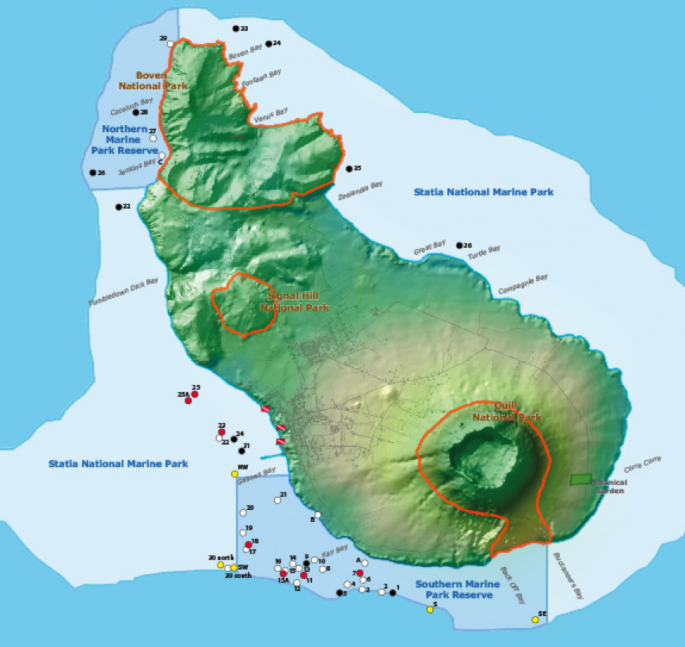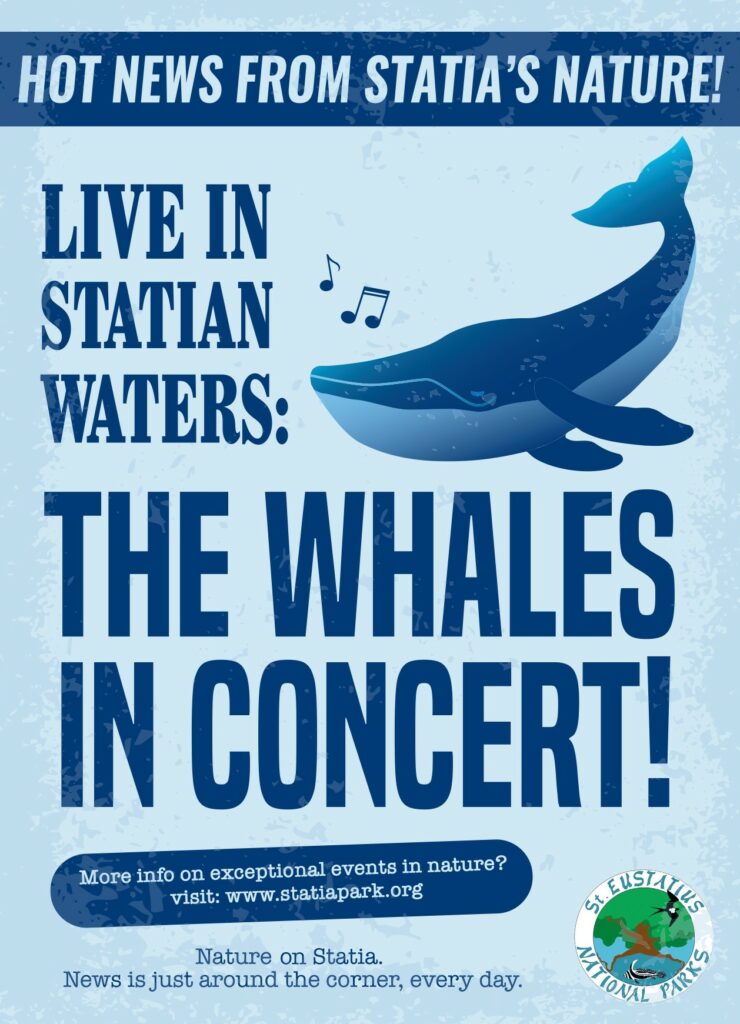
Humpback whales should be passing St Eustatius now!
Humpback whales spend the winters in the warm Caribbean waters. Here they calve and suckle the baby whales during their first months until they are strong enough to begin the trek to their feeding grounds in the cold Northern Atlantic waters.
If you are lucky, you may see humpback whales on their way back home. They are true ‘acrobats of the sea’, famous for their impressing jumps out of the water!
The humpbacks are singers as well. They sing long, complex songs that last up to 20 mins long. Also, they emit low frequency sound waves that can travel up to an astonishing 10,000 miles in some levels of the sea.
Have you seen any whales between Statia and St Kitts and Nevis? Fort de Windt at Whitewall and the Whale Lookout Spot at the Miriam C Schmidt Botanical Garden are great lookout spots. You can visit these areas frequently, during the upcoming weeks, for a chance viewing of these majestic marine mammals.
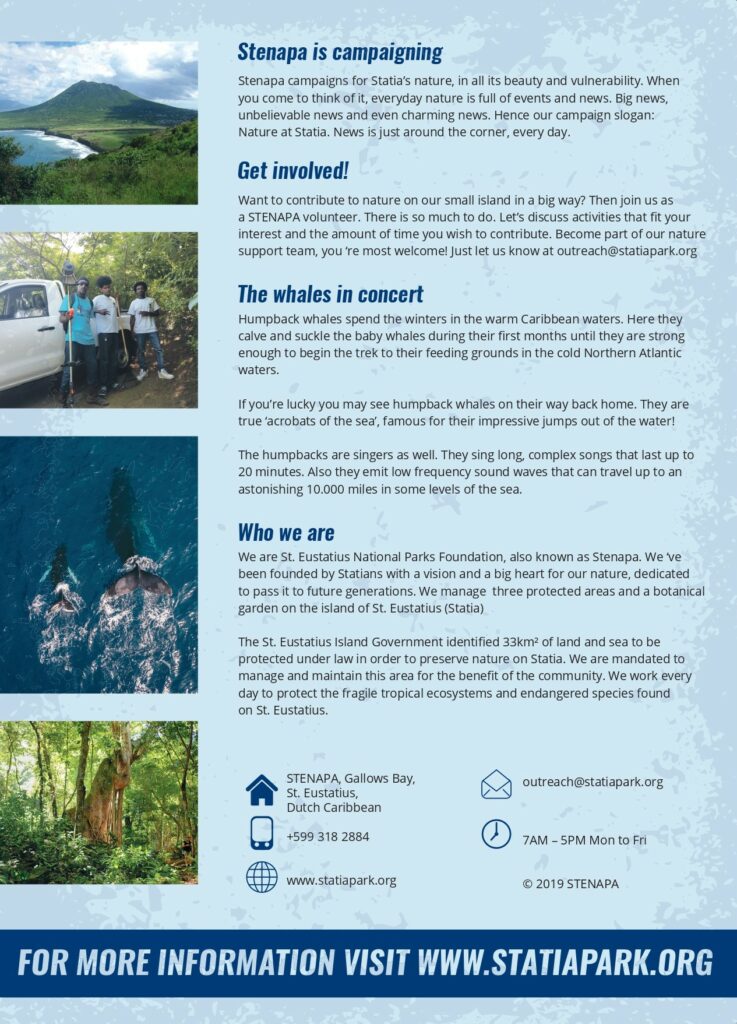
Here is an idea of what you may see.
Source: National Geographic
Humpbacks are powerful swimmers, and they use their massive tail fin, called a fluke, to propel themselves through the water and sometimes completely out of it. These whales, like others, regularly leap from the water, landing with a tremendous splash.
Scientists aren’t sure if this breaching behavior serves some purpose, such as cleaning pests from the whale’s skin, or whether whales simply do it for fun.
A favorite of whale watchers, they also slap the water with their flukes and pectoral fins, rise nose-first out of the water (called “spyhopping”), and do penducle throws, a behavior unique to this species in which they raise their entire rear torso and tail out of the water, twist, and slam their lower half down onto the ocean surface.
Rarer displays include flapping their fins like wings and occasionally gathering in “super groups” of as many as 200, though scientists don’t know why.
Report your Whale Sightings
If you have seen a whale, or any other marine mammal, please fill in this form to share as much information you got. Printed copies are available at the STENAPA office as well. Email outreach@statiapark.org for any queries or to submit your forms to us.
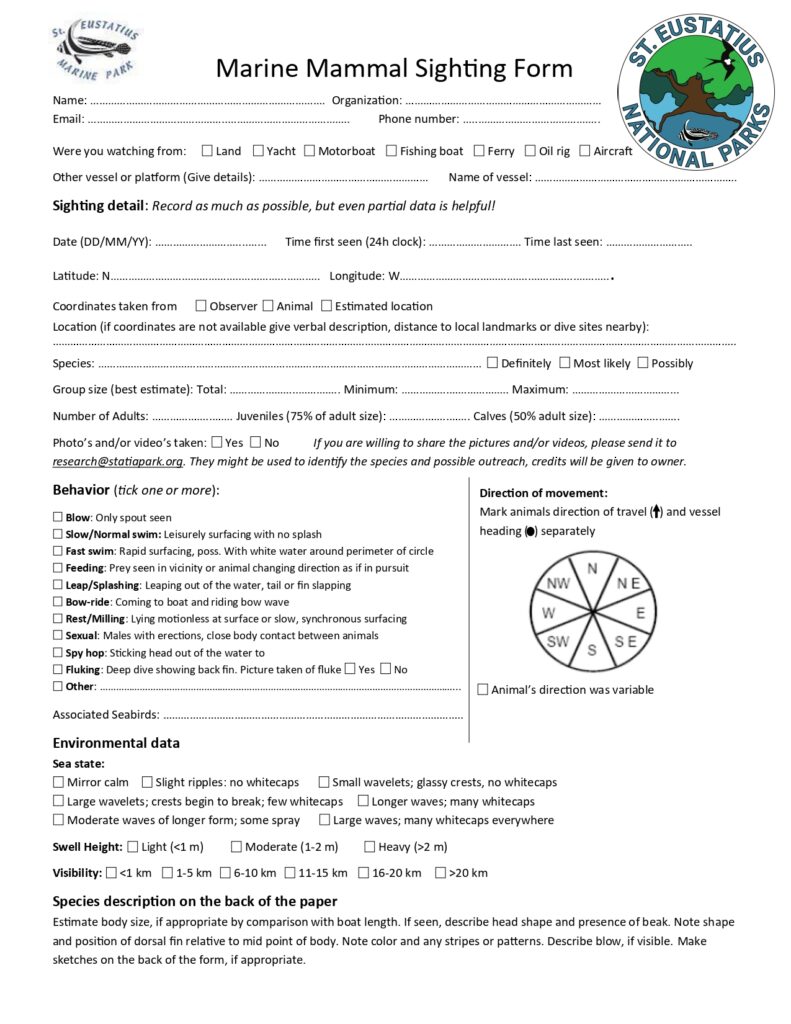
Observation.org
We work along with OBSERVATION.ORG to grow our databases. You can help us by submitting sighting of whales and any other organism on Statia, HERE and STENAPA will be informed. Find out more about Observation.org below.
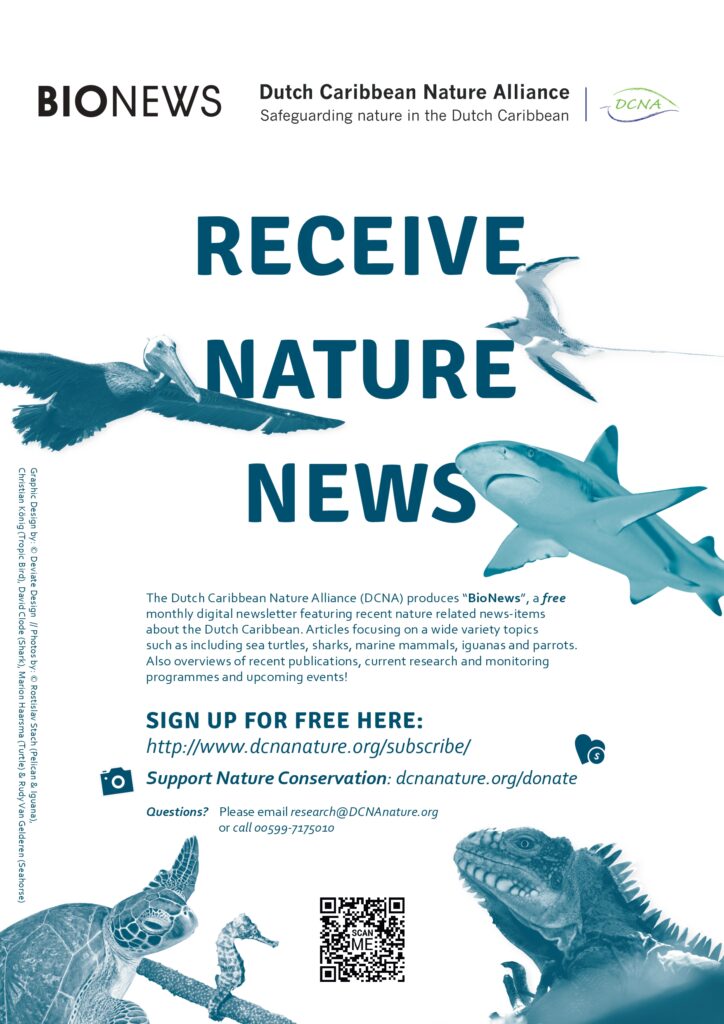
The Yarari Marine Mammal Sanctuary
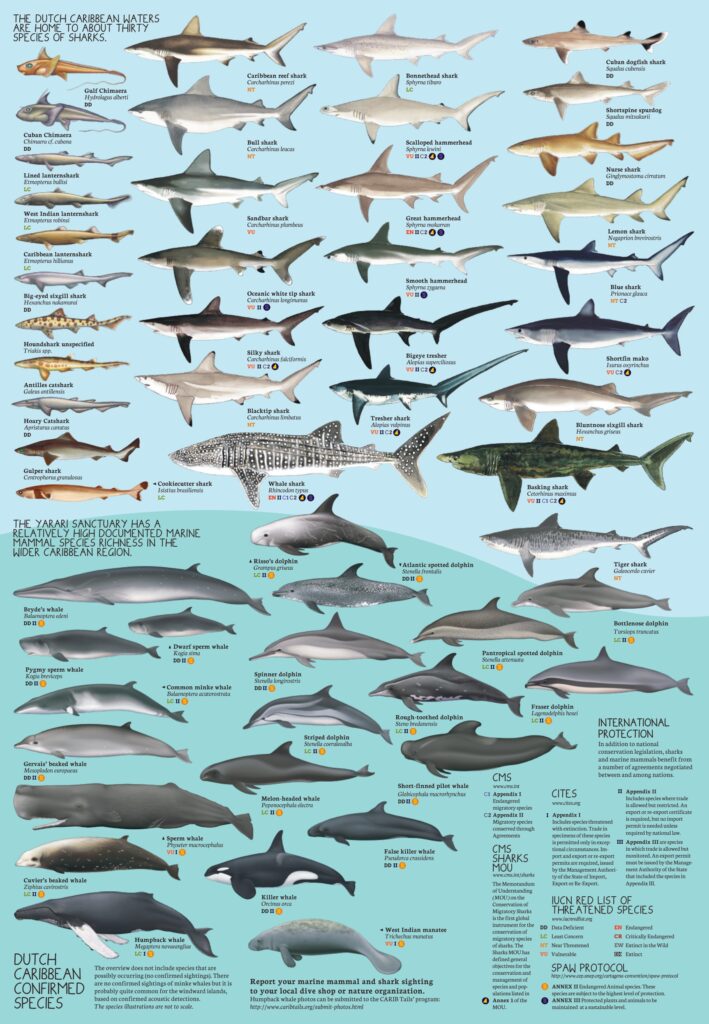
The ‘Yarari’ Marine Mammal and Shark Sanctuary was established in the Caribbean Netherlands on September 1, 2015. The name ‘Yarari’ is a Taino word, meaning ‘a fine place’. The Yarari Sanctuary comprises all the waters of Bonaire, Saba and St. Eustatius and is intended to provide ‘a fine place’ for marine mammals, sharks and rays, where they will receive the necessary attention to ensure they are optimally protected.
This is the fold out image from the brochure. Download the brochure below to access additional information.
Are you interested in some whale facts?
Visit National Geographic or Discover Wildlife.
This one has a fun twist to it!
Subscribe to our Newsletter!




